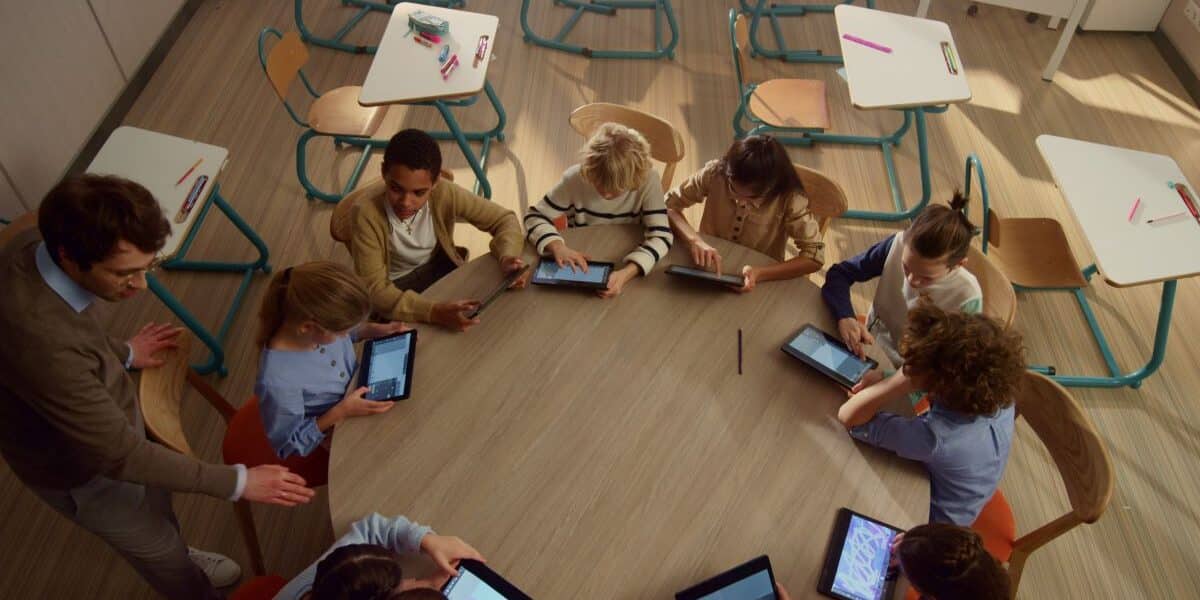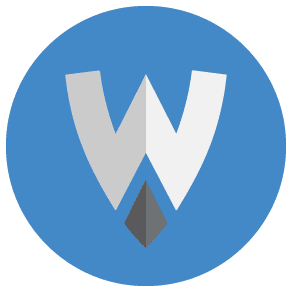Even before the advent of digital learning and the proliferation of technology devices at school, eliminating distractions in K-12 classrooms has always been top of mind for educators.
However, today, with 1:1 technology where each student has their own mobile computing device, websites and applications like games, social media sites, and video streaming platforms threaten the productive learning environment of classrooms.
Thus, eliminating distractions in digital learning has become more problematic.
While many schools rely on a web content filter, these tools are primarily designed to keep students safe from harmful online content.
Fortunately, classroom management software solutions exist for teachers to better support student engagement.
This article outlines how to eliminate distractions in digital learning with classroom monitoring software, which empowers teachers to take proactive control of their digital classrooms.
Below are several features that help teachers reign in the attention span of their students and increase student learning outcomes.
Establish rules to restrict specific websites.
In leading software solutions, teachers can establish “Web Rules” to either allow or block specific sites, ensuring no student browses web content outside what the teacher wants them to access.
Then, when students have completed their assigned tasks and set their status to “Done,” Web Rules can be released, freeing the students to browse the Internet and/or work on other assignments.
View the screen of an individual student, or the screens of all the class’s students.
Classroom monitoring software allows teachers to view their students’ screens in real-time, empowering teachers to glance from student to student—with the option to zoom in on individual screens—or view the entirety of students’ screens all at once.
Send instant messages to student device screens.
When a distracted student needs direction to refocus, teachers can use classroom management software to avoid distractions by sending an instant message directly to the student’s browser.
Furthermore, in addition to messaging an individual student, teachers can send instant messages to the entire class or a subset of the class.
Push web links to an individual student or the entire class.
Getting an individual student, a subset of students, or the entire class on task is easy when teachers push lesson links directly to students with their classroom management solution. This powerful feature gets the entire class on the same page at the same time.
Receives status updates from students.
Classroom management software also allows teachers to receive status updates from their students. For example, students set their statuses to either “Working,” “Done,” or “Need Help.” With a glance, teachers know when it is time to move the class on to its next task or assignment or reach out to an individual student to offer more support.
The proliferation of technology devices has only intensified teachers’ struggles to eliminate distractions in digital classrooms.
However, while technology presents a double-edged sword of both greater student accessibility to information as well as possible distractions, it also empowers teachers to proactively intervene before distractions become problematic.
This information is courtesy of Lightspeed Systems, which is dedicated to providing K–12 districts with time-saving solutions to create safe, secure, and equitable education. They provide cloud-managed solutions: Security & Compliance, Safety & Wellness and Engagement & Impact, purpose-built for school networks and devices, www.lightspeedsystems.com.






